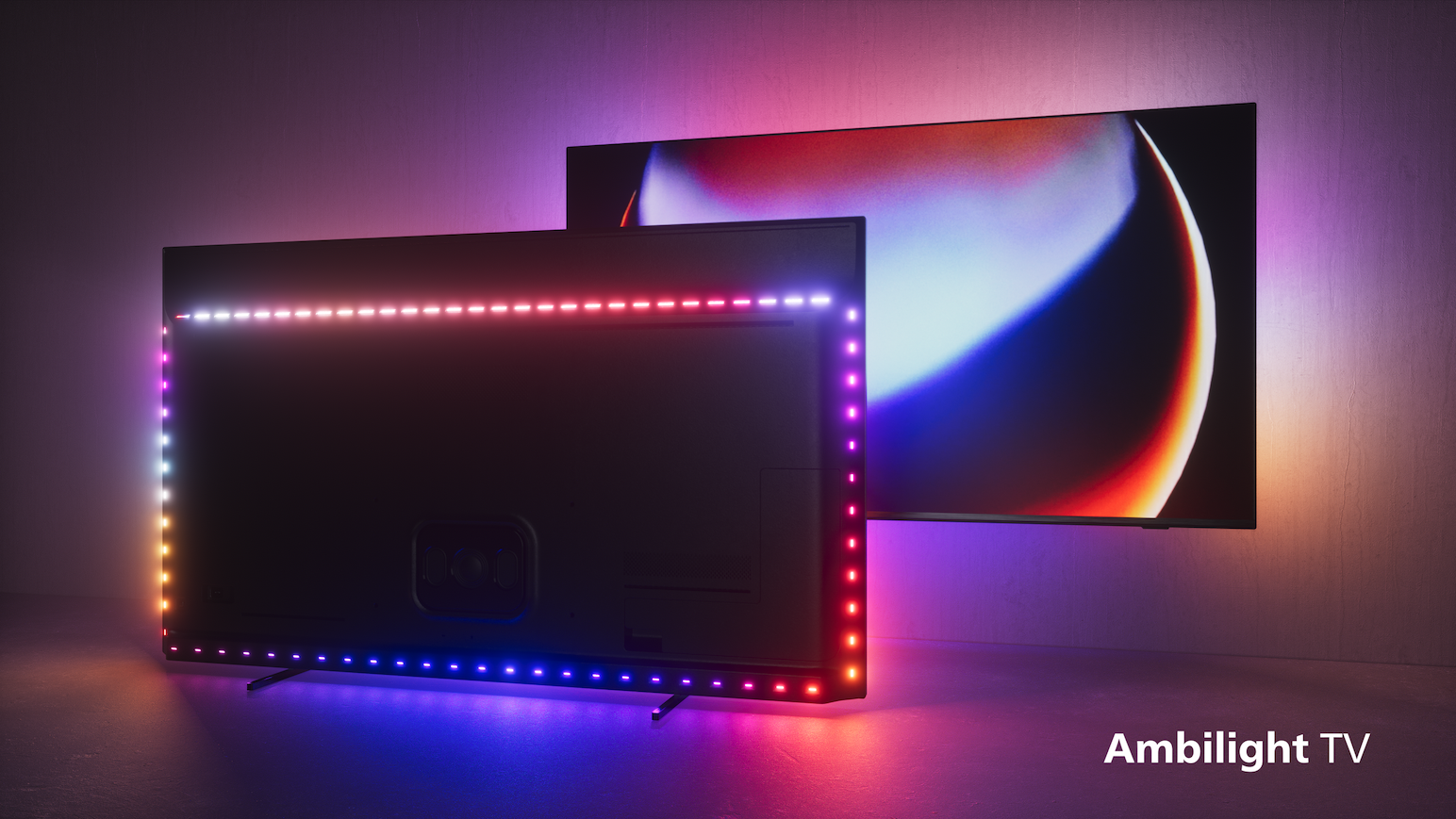
I've recently swapped out the TV I use at home for a Philips OLED907, and I'm absolutely enamoured of one particular feature. It's a feature that has caused heated discourse in the office as it doesn't necessarily improve picture performance – but I don't care, I'm smitten.
That feature is, of course, Ambilight. Philips's bias lighting system that illuminates the wall behind your TV based on what is on the screen has not only impressed me but has instantly become a permanent fixture of my television-watching experience. I used my recent rewatch of Dune (2021) as an excuse to test the lighting system out, and it worked to excellent effect, earning high praise from myself and my friends alike.
I personally appreciated how the larger action set pieces popped with extra flair, expanding the scale and excitement by bathing the wall with orange light as the Harkonnens bombarded House Atreides' stronghold with sci-fi explosives. I have certainly bought into the 'expanding the scale' aspect of Ambilight, as the 55-inch set I use feels bigger than that.
Now, I know Ambilight is divisive. Our editor-in-chief Alastair Stevenson is firmly in the anti-Ambilight camp, stating that it is glorified intrusive ambient lighting, but I disagree. Bias lighting can have potential picture benefits, such as reducing eye strain and increasing perceived contrast; and it's worth noting here that you don't have to have it following the picture all the time. It can be set to a static colour if you so desire, which makes it less of a flashy light show. Our TV and AV editor, Tom Parsons, is more centrally aligned on the Ambilight opinion spectrum. He agrees that it possesses the aforementioned picture benefits; he calls it "spectacular for some things, but ultimately it can be distracting".
To be fair to the naysayers, I didn't instantly fall in love with Ambilight and almost subscribed to the notion that it was a touch overbearing until I changed a key setting. I found the standard preset that Philips has opted for to be a bit much. For instance, it would still light up during a predominantly dark scene, which was a hindrance to the atmosphere. This is easily remedied, however, by heading into the Ambilight menu and switching the preset to Natural, which tones down the light show – making for a more subtle effect that I appreciated much more.
The fact of the matter is that I have quickly become so accustomed to Ambilight, I don't know what I'd do without it. While I will undoubtedly find myself with a TV that doesn't include it down the line (picture performance is paramount after all), I can't see myself upgrading my TV any time soon.
MORE:
Read our full Philips OLED908 review
And our Philips OLED808 review
As well as our picks for the best TVs







